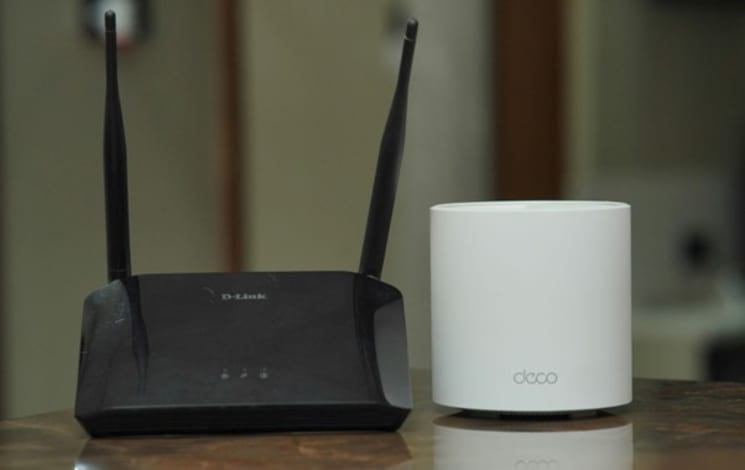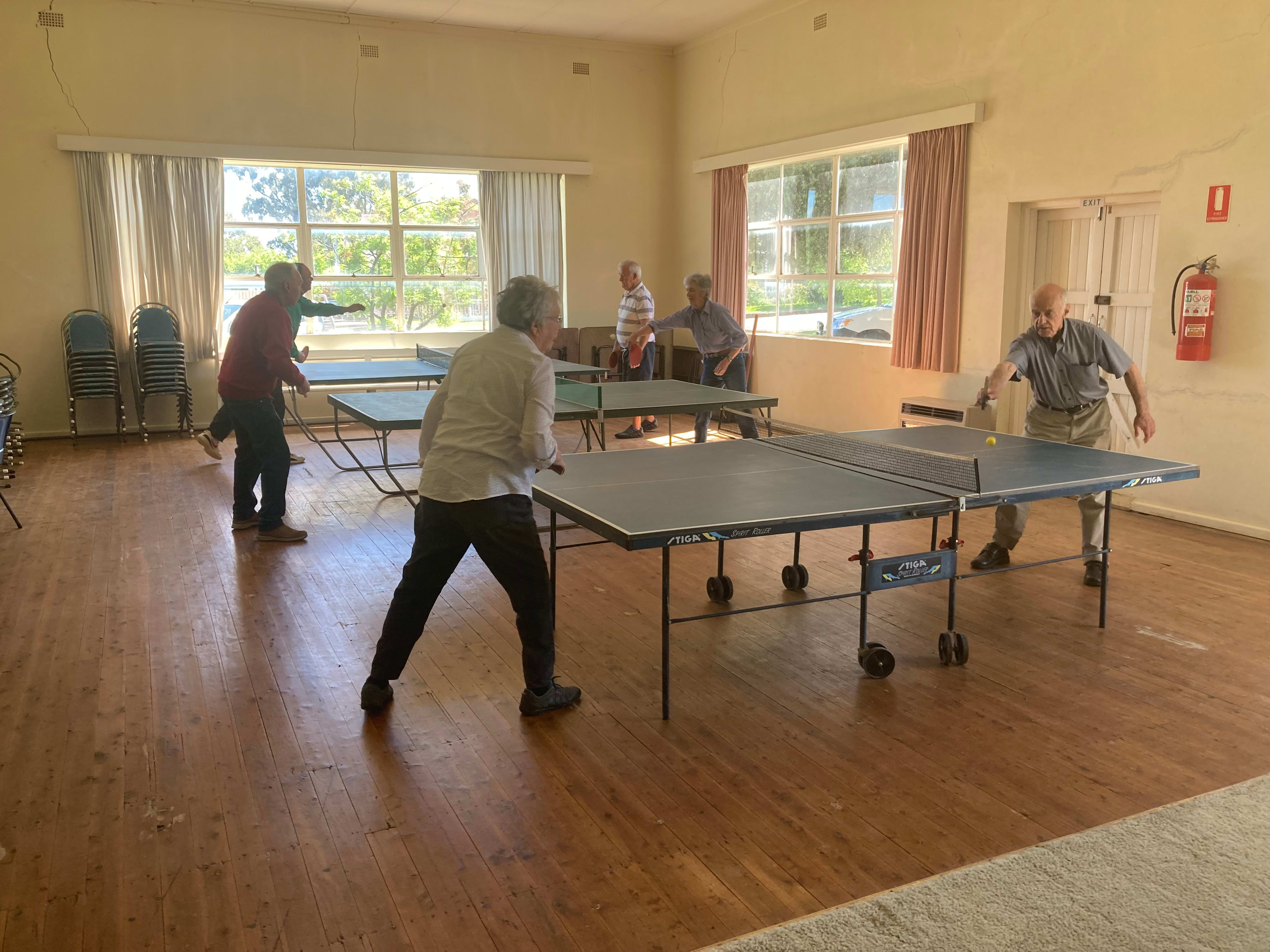Making your home Wi-Fi work as it should in Cowra can feel like a full-time job. Between regional service quirks and multiple devices competing for the same bandwidth, it’s easy to see how even a decent connection can start to feel sluggish.
Local conditions play a part too; some properties have thick walls that weaken signals, while others suffer from poor network planning in newly developed estates. Either way, knowing how to push more out of what you’ve got is worth the time.
The first step in getting more out of your connection is knowing how you use it. Not all online activity hits your internet in the same way. Scrolling through social media or shopping online won’t stress your Wi-Fi much. According to gaming expert Viola D'Elia, these platforms are also mobile optimised, allowing you to play for short or long periods, while benefitting from instant withdrawals, large game libraries, and frequent promotions, all without any strain to your connection.
These types of sites generally load quickly and don’t eat up much bandwidth. If you’re streaming in high definition, joining work calls, or gaming online, you’ll notice a slowdown in connection, especially in households where everyone’s doing something at once. Separating low-intensity tasks from the ones that put pressure on your internet can help you troubleshoot more clearly and optimise where it matters most.
Before buying new tech or switching plans, start by mapping out what’s already connected. Count how many devices stay connected throughout the day. Phones, tablets, smart TVs, gaming consoles, thermostats, even your fridge might be online now. Then take a look at usage patterns.
Latest Stories
If most of your streaming happens during peak hours or everyone jumps on Zoom calls between 4 pm and 6 pm, congestion is likely a factor. Some households benefit from staggering heavier use or prioritising devices through the router. Others simply need a stronger plan, but only after trimming the fat first.
Cowra has a mixed bag of connection types. Some homes are lucky enough to have fibre direct to the premises. Others still rely on FTTN or fixed wireless, which can behave unpredictably depending on the time of day and network load. If you’re not sure which NBN connection type your address uses, start there.
Speed tests across the day help too. Tools like Speedtest by Ookla or nbn’s own performance tracker can show whether the slowdowns are internal or if your service is under-delivering. That information becomes useful when speaking to your provider or deciding whether to invest in mesh Wi-Fi or hardwiring key devices.
Router placement remains one of the most overlooked fixes. A lot of people tuck their router in a cupboard, behind the TV, or next to a cordless phone, without realising how much that can smother the signal. In Cowra, where many homes are spread out or have thicker internal walls, central placement at a decent height can make a noticeable difference. If your home layout makes that difficult, Wi-Fi extenders or mesh systems help, especially in multi-storey setups or properties with detached buildings.
It’s also worth logging into your router’s admin panel now and again. Manufacturers have made this easier than it used to be, often offering mobile apps that help diagnose dead zones, prioritise traffic, or even pause internet access to certain devices. Updating your router’s firmware isn’t just about security; performance improvements are often bundled in. Some newer routers even have built-in optimisation modes tailored to gaming, streaming, or working from home, and toggling those can quickly improve stability without needing to touch your plan.
Don’t overlook interference either. Microwave ovens, baby monitors, and even your neighbour’s router can disrupt your signal. Switching your router to a less congested channel, especially on the 2.4GHz band, can help. Dual-band and tri-band routers allow you to split devices across frequencies. It might seem technical at first, but separating your TV and gaming console onto 5 GHz while keeping older smart devices on 2.4 GHz keeps the heavy lifters out of traffic jams.
For households with gamers, Quality of Service (QoS) settings are your friend. They let you allocate more bandwidth to essential tasks. You can give your work laptop or video calls priority during weekdays, then shift things over to streaming or gaming on weekends. It’s an easy way to stop the evening Netflix buffer spiral without shelling out for a higher-tier plan. If your router doesn’t support QoS, you might want to upgrade to one that does; it’s a better long-term investment than most boosters.
Another overlooked detail is cable quality. Ethernet cables come in different categories, Cat5e, Cat6, and Cat7, and while older ones still work, they may limit speed or introduce latency, especially for gaming or HD streaming. If you’re wiring in devices directly, making sure your cabling matches your internet speed helps. In some Cowra homes with brick walls or older layouts, running a cable might feel old-fashioned, but it’s still the most reliable option.
External conditions matter too. During storm season, wireless connections, especially fixed wireless, can wobble. Power cycling your router after an outage or surge can refresh the connection. Investing in an uninterruptible power supply (UPS) can also protect your gear from unexpected power outages, particularly if you work from home or rely on a steady line for video calls or telehealth appointments.
In some cases, the problem isn’t your home network altogether. Congestion at the provider level, poor-quality lines in older parts of town, or even issues at the node can be the bottleneck. If you’ve gone through all the home fixes and your connection is still underwhelming, it may be time to push your provider for a fault investigation.
Take note of patterns of when your internet slows down. The more specific you are, the easier it is to get action. Some Cowra residents have had success by escalating complaints through the Telecommunications Industry Ombudsman when things stall for too long













0 comment
JOIN THE CONVERSATION
Read and post comments with a
digital subscription.